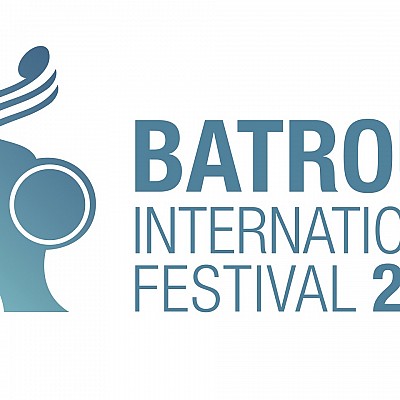Tools and equipment are central to the efficient operation of any business. But if you’re a startup still struggling with cash flow problems, you may not have the funds to invest in high-end business machinery. That’s where equipment loans come in.
Equipment loans are essentially loans meant to purchase business appliances. They differ from many other types of business loans in their high accessibility and low-interest rates. However, the actual interest charged by lenders ultimately depends on several factors.
This article will highlight the five ways to secure the best equipment loan rates.
1. Shop Around For the Best Rates
One exciting thing about equipment loans is that there are dozens of lenders to explore. The only challenge is finding a company that suits your funding needs.
To go about that, you’ll first need to understand the prevailing equipment loan rates. Most lenders charge an interest between 7% and 20% on equipment financing.
Your ability to negotiate better rates depends on your score on the lender’s other eligibility criteria.
For instance, Borrower X may obtain equipment financing at 7% if they have an excellent credit score and/or have put up collateral as security. On the other hand, Borrower Y seeking equipment funding from the same company may be slapped with the highest interest rate of 20% if their credit score is deplorable and/or they’re seeking unsecured loans.
Once familiar with the market rates, you can shop for lenders with the best deals.
2. Determine the Borrowing Amount and Repayment Period
The amount of equipment funding you need depends on the cost of the machinery you want to purchase. So, first, research the equipment to uncover its average market price.
Remember to insist on an appliance’s most advanced model. Don’t procure funding to purchase an obsolete device.
Generally, the higher the required funding, the lower the interest rates. That’s where the loan repayment period comes in.
Most equipment loans have a repayment period of three years. However, some borrowers may repay their loans in as little as 24 months or take 7+ years, depending on the amount.
Lenders typically charge lower equipment financing rates for shorter repayment terms. To unlock favorable rates, you must balance the amount to borrow and the repayment period.
3. Have an Impeccable Credit Score
We’ve already hinted at the significance of an excellent credit score when negotiating the best equipment financing rates. A bad credit score can be a heavy blow to your loan application, even if everything you provide checks out.
The next question would be - what's the best credit score for obtaining equipment financing?
Experts recommend a score of at least 700. A higher credit rating not only provides access to lower equipment loan lending rates. It can also qualify you for higher lending amounts.
The surest way to maintain a good credit score is to always pay your loans on time. It doesn’t matter how many creditors your business presently owes. Each timely payment portrays your business favorably on credit bureaus, improving your creditworthiness.
Other interventions like refinancing and debt consolidation may help with timely loan repayments.
4. Consider Secured Loans
Secured loans are those you obtain by putting up an asset as collateral. They differ from unsecured loans, which do not require pledging collateral.
Most business owners would intuitively choose unsecured loans when seeking out equipment financing. The argument is that the company wouldn’t risk having its assets seized and liquidated by its lender in the unfortunate event of a default.
While the reason sounds convincing, it’s worth noting that unsecured loans are notoriously difficult to obtain. Many lenders would require some form of collateral before providing equipment financing.
Secured loans often attract lower interest rates and longer repayment periods.
However, only pursue this avenue if your business has an asset it can collateralize. Assume you’re a new packaging company seeking funding to purchase a conveyor belt but have a truck lying idle in the parking lot. In that case, it wouldn’t harm to collateralize the vehicle.
5. Don’t Forget Other Terms
Equipment loan rates depend on factors besides credit score, the funding amount, and the repayment period. So, it’s important to read the fine print when going through a lender’s terms and conditions.
One key area to focus on here is the associated fees.
It’s not unusual to find two lenders charging similar equipment financing rates but different fees. And as you shall find, there are plenty of associated costs to bear. Examples include origination fees, underwriting fees, taxes, brokerage commissions (if you’re applying through a loan broker), and insurance premiums.
It’s also prudent to pay attention to the penalties. Penalty fees for late payments tend to be higher for unsecured than secured loans.
Finally, remember to sign the loan agreement. That’s the only proof that you’ve carefully read the lending terms and agree to be bound by them.
Wrap Up
Interest rates aren’t the only considerations when seeking out equipment loans. It’s also prudent to consider other aspects that may determine a lender’s suitability for your needs, such as closing fees and the average loan processing duration.
The conventional wisdom is to draw a side-by-side comparison of multiple lenders. Ultimately, you’ll be able to pick a firm that provides the most reasonable equipment financing terms.






































